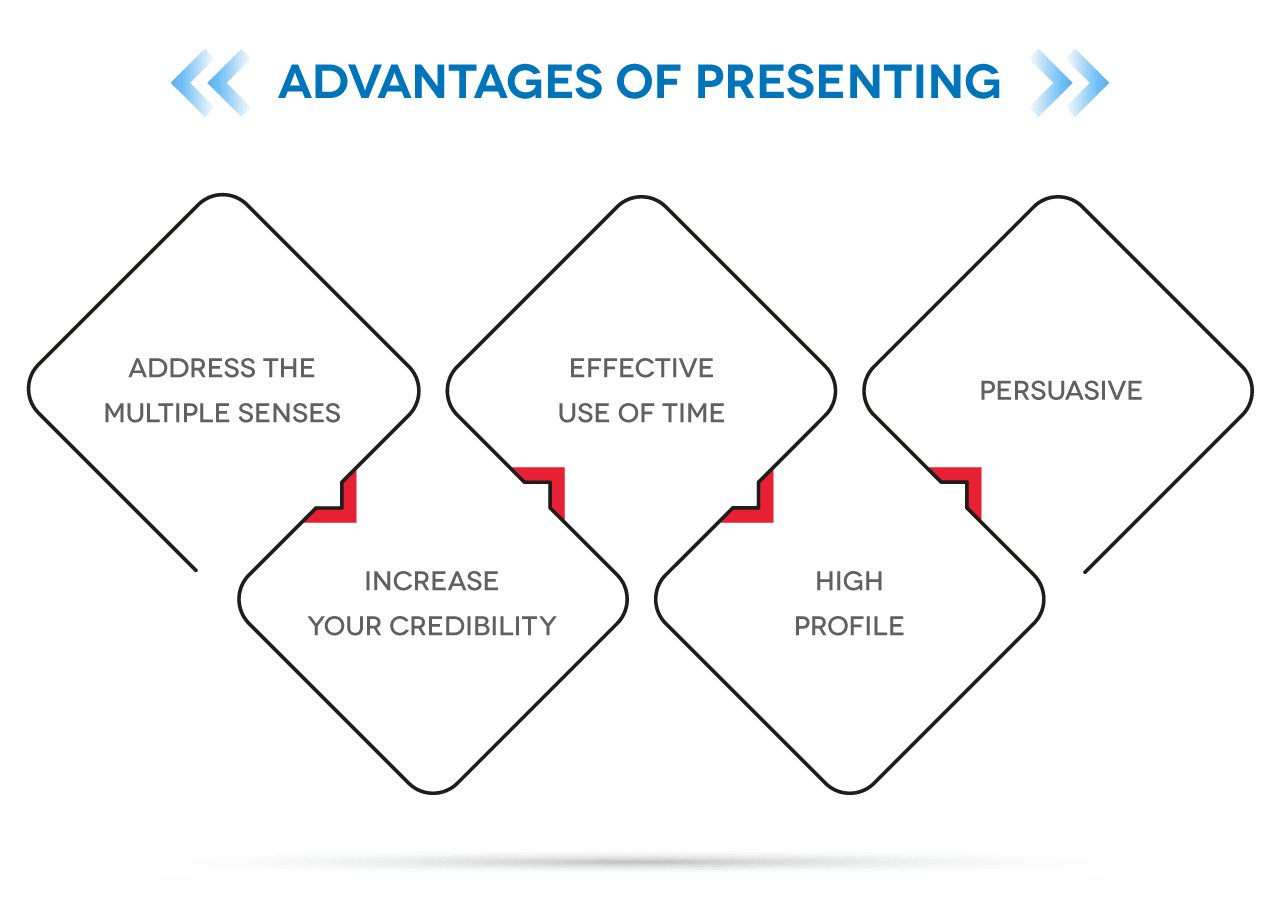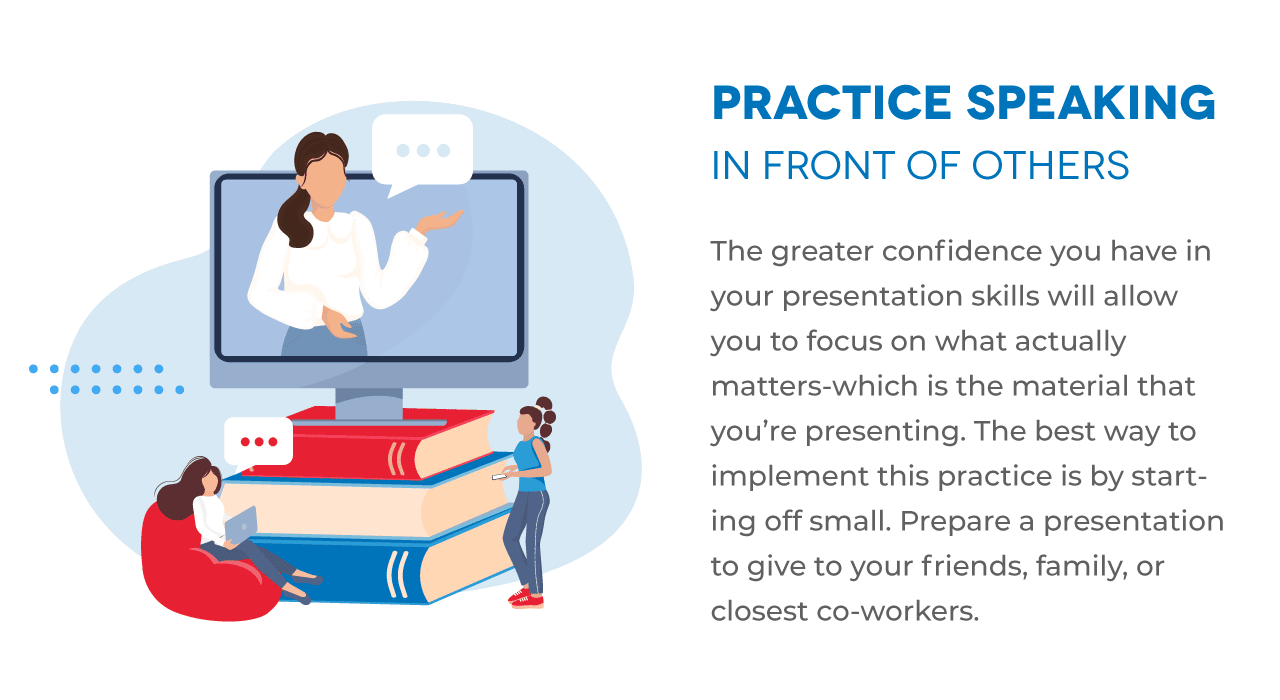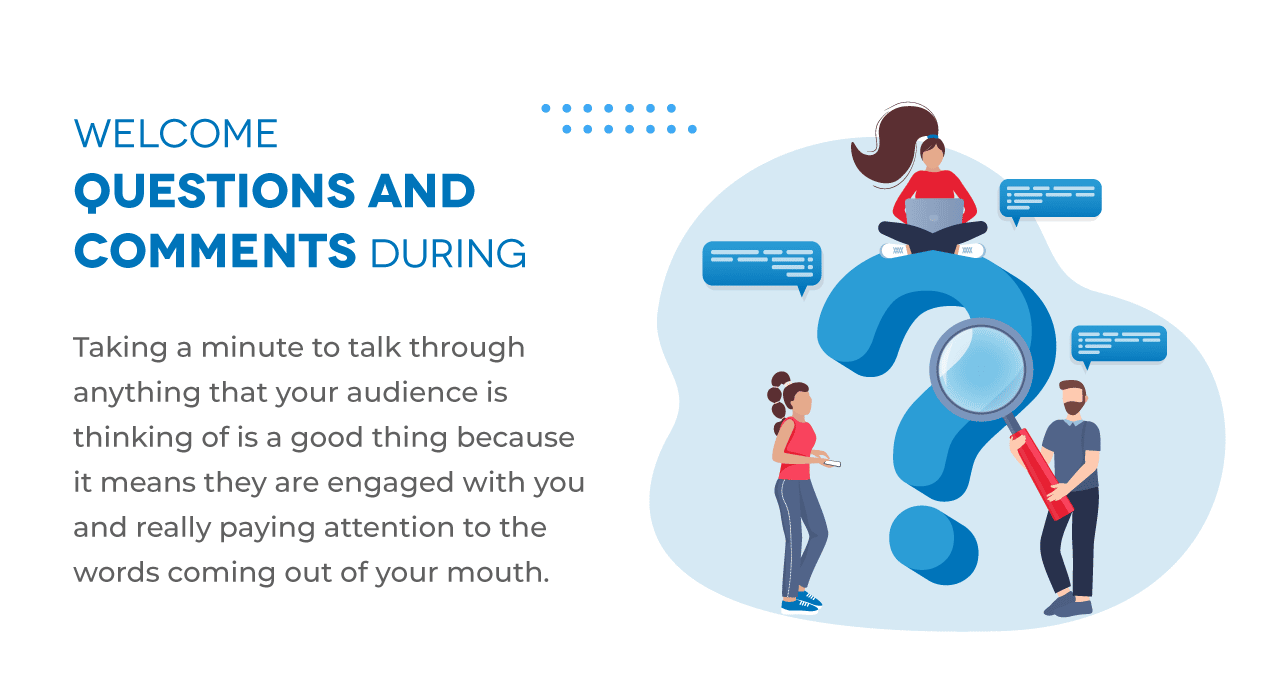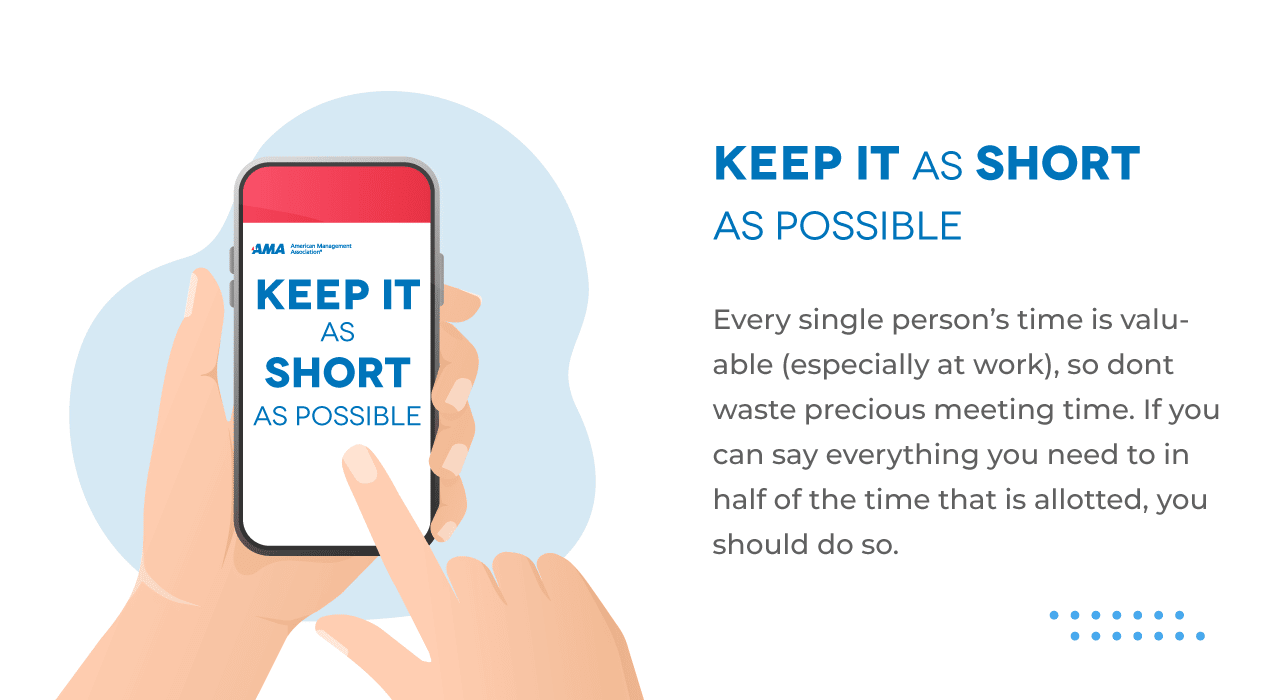AMA Series: Boost Your Presentation Skills
AMA Series: Boost Your Presentation Skills

Make an impact with every slide.
Presentations are a seemingly customary occurrence at every workplace and having the right skills can be the difference between winning that deal and losing it. Presenting to an audience is important but getting your ideas across in a persuasive manner to key stakeholders of your business is a whole other ball game.
To put plainly, mastering the art of presenting to a room full of people is a skill possessed only by a few. And the key quite often is practice, practice and more practice, to get in thick of things and feel at ease while effectively getting your points across even with everyone’s gaze is on you.
The fact of the matter is, presenting is one element of today’s work landscape that you just can’t escape, no matter how far away you try to run from it. This is also something that will increase in frequency as you move up your career ladder. If this an area that you want to improve in, this blog article will guide you through the nine skills for you to master in order to enhance your presentation skills for your next big meeting or any instances were you might have to present an idea across.
You don’t have to be in thick of preparations to give a TEDxTalk or someone that considers themselves a motivation speaker to want to hone their presentation skills. Every time you share a proposal, offer a solution for a problem, or make a case regarding something, you are essentially giving a presentation. So, it doesn’t matter if your audience consists of a few hundred employees, a handful of team members of just one key decision maker, they secret to a successful presentation boils down to your ability to hold your audience’s attention and keep your listeners engaged.
Regardless of if you are giving an in-person presentation, the impression you make on your audience, the way you keep their attention and how triumphant you are with getting your messages, depends on all three of these variables working in tandem:
Verbal: the ideas you present and how you organise them—in other words, what you say
Vocal: the quality of your voice and how you use it, including inflection, projection, and pacing
Visual: everything people see about you when you present, including your facial expressions
These three variables work together and are equally important components in the effectiveness of any presentation. This also means that as a presenter, irrespective of your subject matter, your objective, or the size of your audience – our verbal, vocal, and visual elements must be in sync. More than a source of distraction, inconsistencies between what you say, how you say it, and what your face and body convey are likely to raise doubts about your credibility and create uncertainty about your message in the minds of your listeners.
The communication trainers from the American Management Association (AMA) emphasise, that the success of every presentation lies in the balancing act between style and substance. That requires attention to consistency in your message, your delivery, and your appearance.
Just like any endeavour, practice makes perfect. So remember, before you present your next collection of slides, give it a few swings in front of the mirror, or if you want to go the extra mile, try filming a video recording of yourself. As you get an idea of what you look like during the presentations, you’ll also be able to catch any inconsistencies as well as potentially distracting gestures or habits that could potentially make you seem anxious, unreliable or insincere. This way, you have ample time to correct these before the big day.
In order to help you become a more effective and boost your confident as an in-person presenter, the experts at AMA offer the following five tips:
-
Watch the “tone” of your face.
Do you now how important your facial expressions are when you are communicating how you feel about what you’re saying about the subject matter? Well, it’s paramount. So take extra heed in what happens to your facial expressions when you become nervous. Does your face freeze up or do you suddenly look like an army drill sergeant? Or do you find yourself rolling your eyes? We’ve all been there! However, this can be mitigated, with some practice and acute awareness of your facial expressions.
-
Find places to lighten up your presentation.
Have you ever been an audience to an extremely tense and serious presenter. If you have, you know it’s no fun, but more importantly, putting your listeners at ease can help you feel more at ease as well. Try going over your content, look for openings where you might make a humorous remark or relatable observation. But, be careful the last thing you want is to come across as phony. A “fake smile” is sure to provoke distrust among your listeners.
-
Consider your stance.
Have you thought about your physical presence whilst giving a presentation? It should be no surprise that how you stand and way in which you hold your body speaks volumes about how you feel about yourself, which in turn affects the impression and impact that you make on your audience.
In order to come across as confident and someone of authority try positioning your feet parallel in the width you naturally walk from, whilst you stand and speak. Your weight should be forward and balanced on both feet—avoid leaning back on your heels or shifting your weight from one hip to the other. And your upper body should be nice and straight, rather than slouched, but not rigid.
-
Keep an eye on your arms and hands.
In most daily conversations its natural to express yourself using your hands – you could even fall in the bracket of people that talks with your hands a lot. But sometimes when speaking before a group, your arms might suddenly feel heavy and your hands too hard to handle. Here is when you need to be aware of your hand placements – ie, where to park your arms when they are not in use. Locking them into a fixed position—whether folding your arms across your chest or shoving your hands in your pockets—inhibits your self-expression and makes you look rigid or awkward. Instead, try to relax your hands at your side when not gesturing; when your hands aren’t locked, natural gestures can emerge. Also, work on varying your hand gestures. When done repetitively, any gesture becomes a mannerism that attracts attention to itself at the expense of your message. And if need a reference for a balanced usage of hand movements – maybe check out Hasan Minhaj?
-
Focus on your eye contact.
The ability to maintain good eye contact is crucial. ven if people trust you and believe what you have to say, if you fail to look them in the eye beyond a fleeting glance, they will feel your discomfort and soon become uncomfortable themselves. Sustained eye contact involves your listener and actually relaxes you. When speaking to a large group, find friendly faces in the audience and focus on talking to them. Then move your focus to other friendly faces. When you think of your presentation as a series of one-on-one conversations with different individuals, eye contact will naturally follow.
Other tips we have for you include:
Looking for real results from your online training experience?
Only AMA’s training is backed by our decades of proven training expertise, including more than 10 years of perfecting the virtual classroom. Experience carefully curated content developed with leading subject matter experts.
Source: AMA Blog









